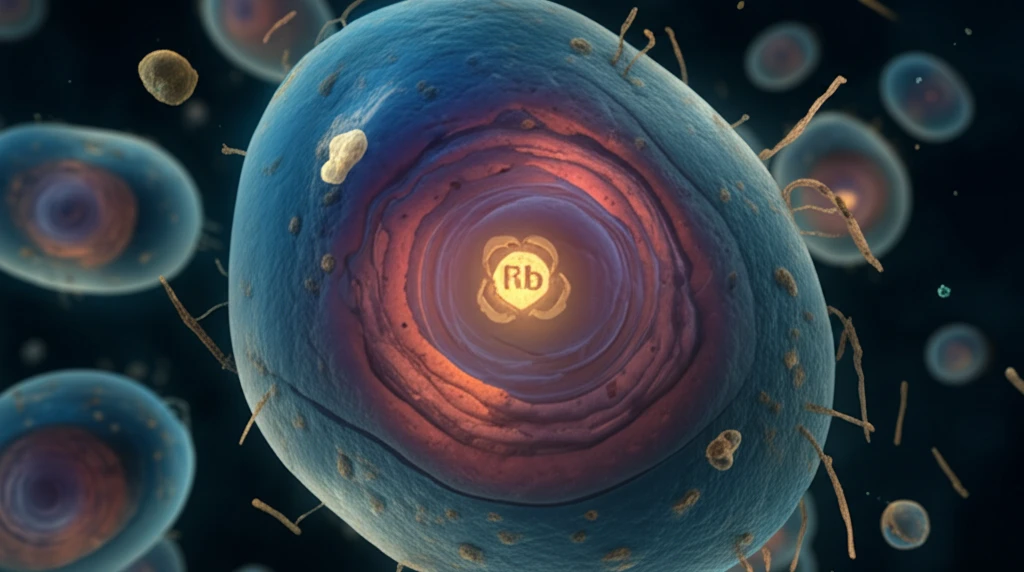
Unlock Your Cells' Potential: The Power of Transient Treatments in Stem Cell Differentiation
"Discover how short-term activation of the Rb pathway can significantly boost human pluripotent stem cell differentiation for regenerative medicine."
Human pluripotent stem cells (hPSCs) hold incredible promise for regenerative medicine, offering the potential to replace damaged cells and tissues, model diseases, and develop new therapies. However, a significant hurdle in this field is the variability in differentiation capacity across different hPSC lines. Some lines readily transform into specific cell types, while others are more resistant, making it difficult to achieve consistent results.
Researchers are working to unravel the mechanisms that govern hPSC differentiation to overcome this challenge. One promising area of investigation centers on the retinoblastoma (Rb) pathway, known for its critical role in cell proliferation, differentiation, survival, and maintaining genomic stability. Emerging evidence suggests that transiently activating the Rb pathway during differentiation might be key to unlocking the full potential of hPSCs.
A recent study sheds light on how a brief treatment with dimethylsulfoxide (DMSO) can enhance hPSC differentiation by activating the Rb pathway. This discovery opens new avenues for improving the efficiency and consistency of stem cell-based therapies and research.
The Rb Pathway: A Key Regulator of Cell Fate

The retinoblastoma protein (Rb) and its family members (p107 and p130) act as gatekeepers of the cell cycle, controlling when cells divide, differentiate, or undergo programmed cell death. During embryonic development, Rb proteins are present at varying levels and regulated in a carefully timed manner, suggesting their importance in guiding cells toward their specific fates.
- Rb's Role: It plays a critical role in cell division, differentiation, survival, and genomic stability.
- Transient Activation: The study demonstrates that transient Rb activation enhances hPSC differentiation.
- Downstream Effects: Activation of Rb represses E2F-target genes, further promoting differentiation.
- DMSO Connection: The common lab chemical DMSO relies on Rb activity to boost hPSC differentiation.
Transient Activation is Key
The study's results highlight the importance of transiently activating the Rb pathway to enhance hPSC differentiation. Prolonged activation of Rb or continuous inhibition of its downstream targets can hinder differentiation. Therefore, a precisely timed, short-term regulation of Rb activity is crucial for maximizing the differentiation potential of hPSCs. This understanding paves the way for developing more effective and controlled stem cell-based therapies.
